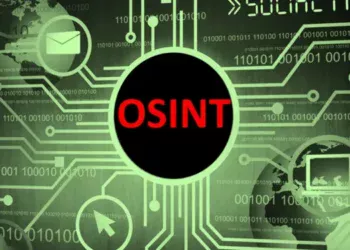Technology has permeated every aspect of our lives, and every industry from telecommunications to transport have felt its effects. Thanks to this digital shift, the education industry is now in a prime position to join them. Traditional methods and models of education are getting a shake-up as the prevalence of Edutech and the Internet of Things (IoT) revolutionize the way we share knowledge and learn.
Here are 5 technologies already disrupting the traditional approach to education.
Virtual Reality and Augmented Reality Learning
VR and AR aren’t just the next big trend in education, they’re already in the classroom.
Today thousands of young students are using VR headsets and smart phones to take field trips through time and history, visiting battlefields and by-gone eras. Universities are finding innovative ways to use VR and AR across fields as diverse as theatre and med studies.
Artificial Intelligence
While there are many things that a robot will never be able to provide a classroom, advances in AI technology are changing the way we deliver information, as well as the way we manage and communicate in the classroom. One-to-one tutoring platforms have reformed the concepts of cram schools, providing tutors with real time feedback as their students complete tasks at home. Outside the learning environment, busy teachers and professors can even use AI assistants to help schedule appointments and answer simple questions about assignments.
Open Access Repositories
According to a recent study by ImpactStory, a US-based nonprofit dedicated to making research more accessible, almost half of all recently published journal papers are available through open access repositories. Open access repository management is disrupting notoriously expensive journal subscription models in unexpected and innovative ways, digitizing everything from works of art to plant specimens.
Collaborative tech
Collaborative technologies are one of the most pervasive new innovations shifting the way we teach and learn. MMOC’s (Massive Open Online Courses), and the pervasiveness of smartphones, tablets and laptops make it easy for students and teachers to connect no matter where they are. While the cloud has allowed the sharing of everything from class materials. Students have even been using Google docs to write collaborative class notes in lectures.
E-Publishing
The benefits of E-readers in education are obvious. It’s far easier for students to carry around a tablet device that stores multiple books, rather than lugging around heavy physical copies, or spending hours in the library. But this isn’t the only way E-Publishing is transforming education. Companies like Flatworld are working to disrupt the educational publishing market too, providing digital access to try and solve the problem of expensive textbooks.
More and more learning is moving online as students demand interactive experiences and flexibility in their modes of study. Technology’s disruptive effect on the education market is set to continue, which is why experts advise that educators and institutions should engage with new developments in edutech, and develop new ways to use its ability for connectivity, interaction and management to their advantage.
Eliana Bollati
Freelance Writer and Content Creation Consultant
e.bollati@gmail.com








